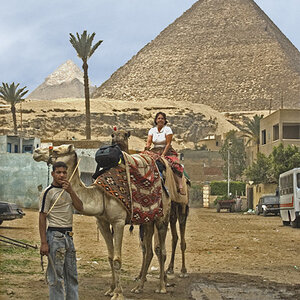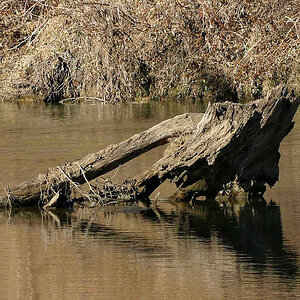- Joined
- Mar 29, 2016
- Messages
- 14,856
- Reaction score
- 8,310
- Can others edit my Photos
- Photos NOT OK to edit
Rather then digress into an argument about what exactly digital ISO is, how about this gleaned from Nikon - "What is ISO Sensitivity" - "Photography is built on the three pillars of exposure: shutter speed, aperture and sensitivity. Shutter and aperture are controls for adjusting how much light comes into the camera. How much light is needed is determined by the sensitivity of the medium used. That was as true for glass plates as it is for film and now digital sensors. Over the years that sensitivity has been expressed in various ways, most recently as ASA and now ISO." What Is ISO Sensitivity? | Understanding ISO from Nikon One of the better descriptions I've seen to bridge the gap between film and digital, while still understanding the importance of ISO in calculating an exposure.
Last edited:


![[No title]](/data/xfmg/thumbnail/39/39291-a89dc472765e04f66f617dd9acc8030d.jpg?1619738958)
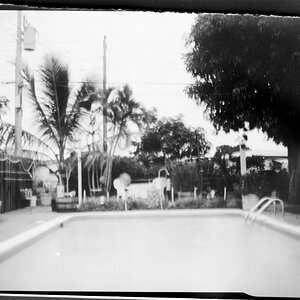
![[No title]](/data/xfmg/thumbnail/39/39292-4169a355b794ae9735845c4ad45d06ff.jpg?1619738958)
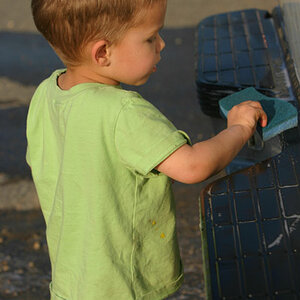
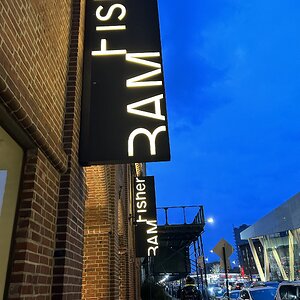
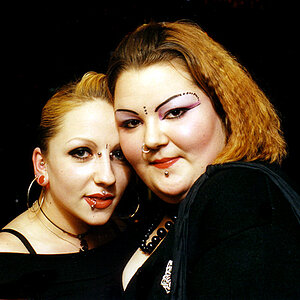
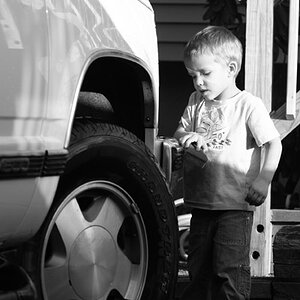
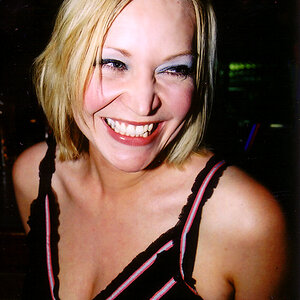
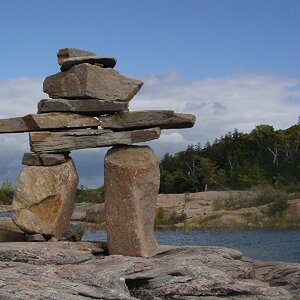
![[No title]](/data/xfmg/thumbnail/32/32805-61ca9a4fb87d37c0ef4f991ac1705e1f.jpg?1619735667)
